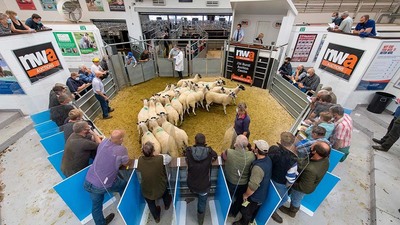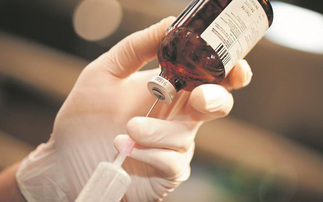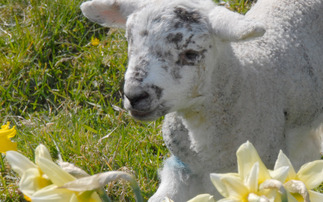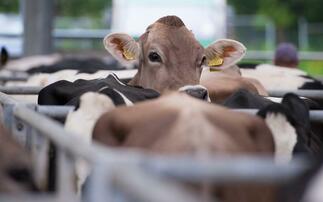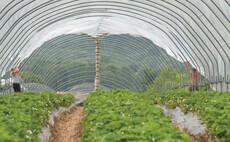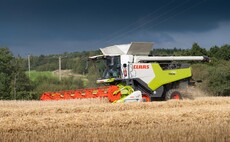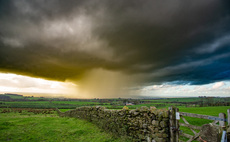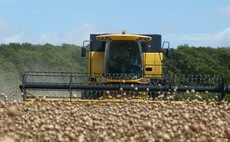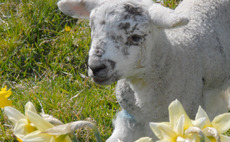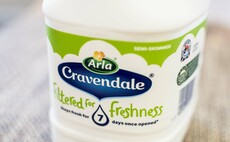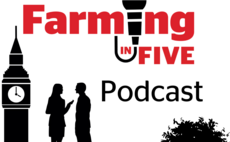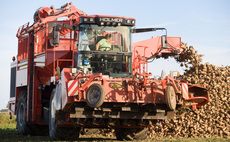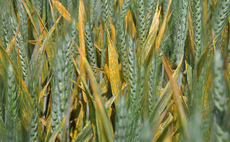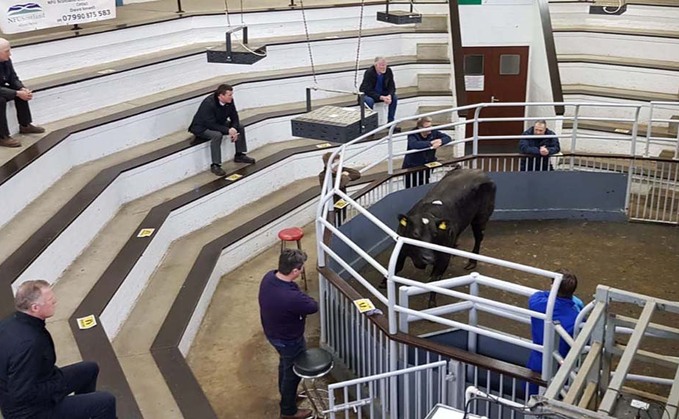
In the latest of our series supported by the Livestock Auctioneers Association and Shearwell Data, we look back at how auction marts have risen to the challenge of operating through a pandemic.
THIS time last year no-one could have seen the momentous way all of our lives were about the change across all levels, with 2020 a year like no other.
The pandemic created tremendous challenges for auction marts, but as they have done so many times in the past they have continued to survive and thrive, proving their resilience and vital role in the food supply chain.
When the implications of Covid-19 began to bite in March there was some initial disruption to trade, and temporarily prices crashed and some sales were cancelled.
But, thanks to the LAA and IAAS working closely with government auction marts were recognised as an essential part of the food chain and allowed to remain open, under strict restrictions, initially selling just prime and store stock. The closure of hospitality and food service outlets created some carcase balance issues which did have some impact, but retail sales, even after panic buying subsided have remained strong with increased sales of red meat throughout the year.
One positive to come out of the turmoil of the pandemic is a renewed interest by the general public, albeit sometimes out of necessity, in buying locally produced food. This has led to increased support for local butchers, farm shops and other independent retailers, who in turn have supported auction marts, helping to drive prices in an upward direction.
As markets proved to the authorities they were able to abide by the rules and operate safely, more types of sales were gradually permitted. Thankfully, by the second half of the year, an almost full programme of sales was in place.
Newline ASP already provided the auction management software to a large number of markets but this year has seen a big uptake in additional services it offers, which are hosted on auctionmarts.com.
Joint managing partner, Paul-Christian Jones, says: "The pandemic has really accelerated the use of technology by auction marts, which have, historically, been later to use it than some other types of businesses.
"But they are utilising it very well and for the right purposes. We are seeing more and more markets come on board for additional services such as timed auctions, live bidding and live streaming.
"While I think most people would agree the traditional live system is the most preferable for most livestock sales, the other formats work well, particularly for dairy and some pedigree sales as well as machinery, probably because there is more data available for these.
"And I think these will continue to be used when restrictions are lifted especially for sheep dogs, machinery and farm sales.
"Most people use a mobile device rather than desk top to access the online sales and we are focussing on making this as simple and easy as possible and improving the quality of images and videos."
Dairy sales in particular have really benefitted from the use of technology in terms of online selling this year and is something which appears here to stay.
Mark Davis, auctioneer with Kivells says: "Farmers have really embraced technology this year, even some who we never thought would do so.
"Recently, we have been using the MartEye App which is really user-friendly. It is easy to download and produces good pictures. We have to manage it carefully and buyers have to register to get our approval to bid, but they only need to register once for all up and coming sales.
"While nothing can replace the atmosphere of being in a market and I am sure most people will return when they can, this is another service we can offer.
"It is also a means of allowing vendors to watch their stock sold if they cannot or do not want to attend market for whatever reason. And it has widened the audience of buyers, we have sold animals to Scotland, Wales and all over England which we would not otherwise have done.
"It has mainly been used for dairy and some beef breeding sales this year but next year I think there is some potential for it to be used at some of the bigger sheep breeding sales."
Ted Ogden, sales manager and auctioneer at Craven Cattle Marts, Skipton, says: "Given the circumstances this year has gone as well as we could have hoped and we are thankful that it has been recognised that markets are an essential part of the food chain and we have been able to keep trading.
"Customers responded well the to the ‘drop and go' system but this year has been hard work for market operators. There have been no farmers available to help sort their stock or at the point of sale which puts more responsibility, stress and work onto the market team.
"What it has done is to force us to make advances in the use of technology, something which we may have shied away from in the past.
"We have run timed auctions and sales with live internet bidding and while these are not necessary the best option for all types of sales when restrictions are lifted, I think they will be here to stay for sales such as sheep dogs and machinery.
"We have also installed cameras in every sale ring to facilitate live streaming which has proved to be very popular and helps vendors when they have to ‘drop and go.'
Ruby Wright, Doncaster, has been selling prime lambs at Skipton under the ‘drop and go' system since the start of the pandemic. She says; "I think it has worked well. It has helped that trade has been good, so you are more confident about leaving stock to be sold when you are not there.
"But the staff at Skipton are very good and we are emailed a report of how the stock has sold that same evening and there is also the option of watching them being sold via the internet."
In spite of the major concerns earlier in the year around prices and whether pedigree and breeding sales would be able to go ahead this proved to be unfounded with trade across all sectors particularly buoyant. All the autumn sales went ahead as planned, albeit with strict restrictions in place.
Neil Wilson, executive director of the Institute of Auctioneers and Appraisers in Scotland (IAAS) says: "Markets have coped extremely well with the situation this year.
"While the LAA and IAAS have been given credit for working with government to ensure markets were able to stay open, the fact that they have done this so successfully, is really down to the market's own professionalism.
"Everyone, from the farmers who have been very patient in difficult circumstances, the market staff, right through to the buyers, have all worked together to make it happen.
"This has been rewarded by really strong prices and increased throughput at the markets, particularly in terms of the number of lambs being sold.
"People really trust the auction to sell for them at the best possible price and buyers have told me they have felt really safe coming to the markets, all of which has demonstrated a very clear need for markets.
"There has been an increase in the use of technology to facilitate online selling, which historically there may have been some resistance to, with the thinking that this might stop people wanting to come to market.
"But actually, the reverse is true. It has opened the auction system up to a much wider audience and enabled more people to see what goes on and gives access to those who would like to, but cannot attend.
"One restriction I really want to see lifted as soon as possible, is the one excluding young people from marts, which has been necessary because of the need to social distance.
"What the pandemic has done has really demonstrated the real value of auction marts as a trusted place to sell and their importance to the food supply chain."
